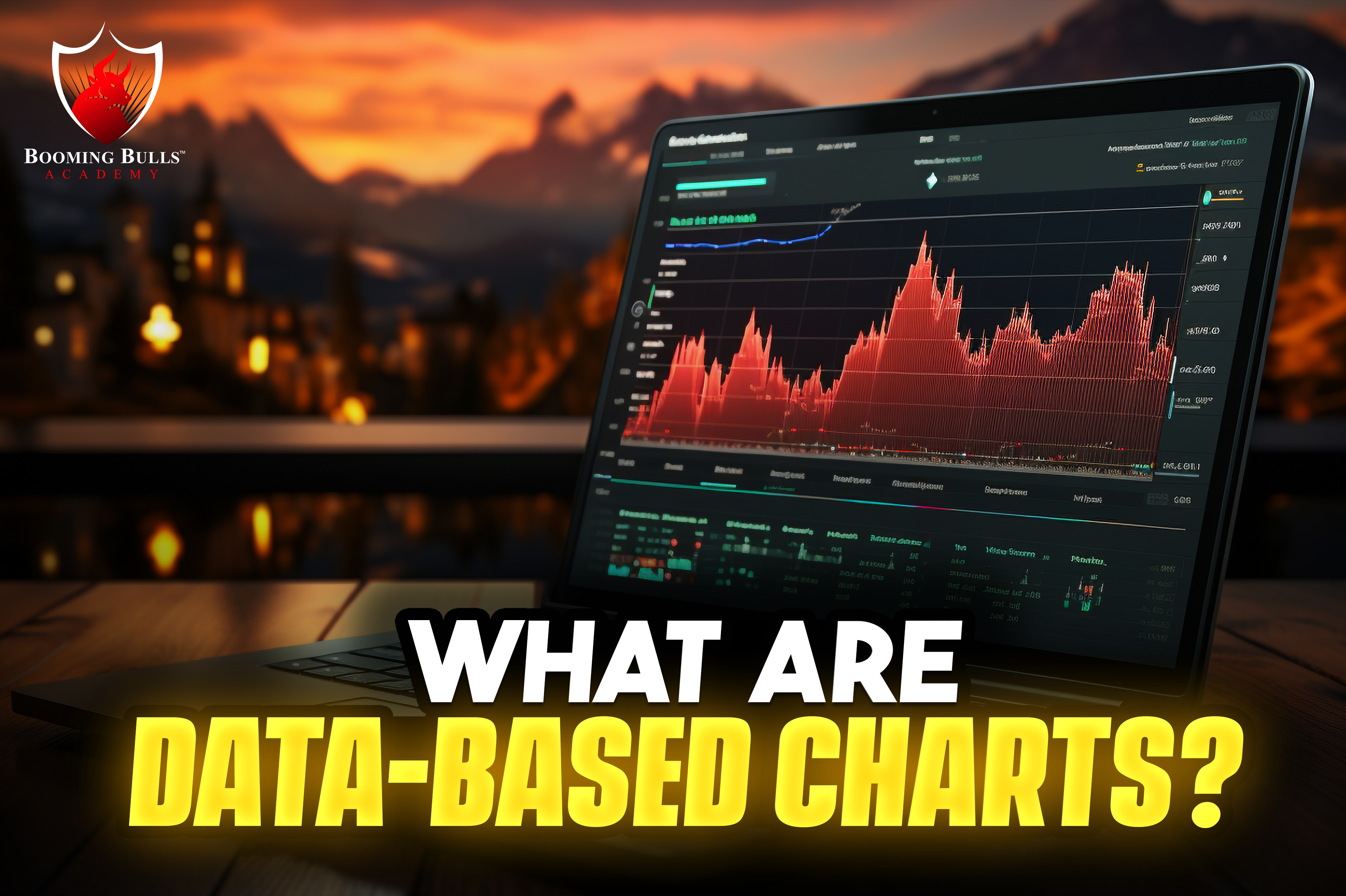

In the fast-paced and often unpredictable world of the stock market, information is everything. Traders, investors, and analysts rely on a wide range of tools to make sense of the market’s movements and make informed decisions. One of the most essential tools in this arsenal is the data-based chart.
Data-based charts provide a visual representation of a stock’s price and volume movements over time, helping market participants spot trends, patterns, and potential opportunities. In this blog, we will delve into what data-based charts are, their types, and how to read them effectively.
Data-based charts, often referred to simply as stock charts, are graphical representations of historical stock price and trading volume data. They are a fundamental tool in technical analysis, which is the practice of analyzing past price and volume data to forecast future price movements.
These charts are a crucial component of trading and investing, enabling market participants to make informed decisions about buying, selling, or holding stocks.
Price Data: This is represented on the vertical axis (the y-axis) of the chart. The price data can be displayed as a line, bar, or candlestick, depending on the type of chart used.
Time Interval: The horizontal axis (the x-axis) represents time, typically in days, weeks, months, or even minutes, depending on the desired level of granularity.
Volume Data: Beneath the price chart, you often find a histogram or a line graph representing the trading volume. Volume is a crucial indicator of market interest and liquidity.
Technical Indicators: Traders often overlay additional technical indicators on the chart, such as moving averages, Relative Strength Index (RSI), or Moving Average Convergence Divergence (MACD) to gain further insights into price trends and momentum.
There are several types of data-based charts, each offering a different perspective on a stock’s performance:
Line Charts: These are the simplest and most basic type of chart. They connect closing prices over a specified period with a continuous line. Line charts are useful for observing long-term trends.
Bar Charts: In a bar chart, each bar represents a specific period (e.g., a day) and displays the high, low, open, and close prices during that period. They are excellent for quickly assessing price movements and the range of trading.
Candlestick Charts: Candlestick charts are like bar charts but provide more information about price movements. Each “candle” includes the same high, low, open, and close prices as a bar chart, but the candle’s body is filled if the close is lower than the open (bearish) and empty if the close is higher than the open (bullish).
Point and Figure Charts: These charts are unique as they don’t focus on time. Instead, they focus on price movements. Each column of Xs and Os represents upward and downward price movements, making it easier to identify significant trends.
Renko Charts: Renko charts are also based on price movements rather than time. They use bricks to represent a fixed price movement, which can help filter out noise in the data.
Interpreting data-based charts can be both an art and a science. Here are some key concepts to keep in mind when reading these charts:
Trends: Look for patterns in the price movements. Trends can be upward (bullish), downward (bearish), or sideways (range-bound).
Support and Resistance: These are price levels where a stock tends to find buying support or encounter selling pressure. They are essential for setting entry and exit points.
Volume: Pay attention to volume spikes, as they can indicate significant price movements. High volume can confirm the strength of a trend.
Indicators: Consider using technical indicators to gain deeper insights into market sentiment and potential reversals.
Timeframes: Different charts are suitable for different timeframes. Short-term traders may prefer minute or hourly charts, while long-term investors might focus on daily, weekly, or monthly charts.
Risk Management: Always have a clear risk management strategy in place. Data-based charts are valuable for identifying potential opportunities, but they should also guide your risk management decisions.
In conclusion, data-based charts are invaluable tools for anyone involved in the stock market. They provide a visual representation of historical price and volume data, enabling traders and investors to make informed decisions.
By understanding the various types of charts and how to read them effectively, you can navigate the complex world of the stock market with greater confidence and precision.
If you want to know more about Risk Management & Intraday Trading Strategies you can refer to our previous blog on Importance Of Risk Management In Trading and 10 Best Intraday Trading Strategies.
Open a Demat Account using our link to get support from us – https://bit.ly/3gyhIWN and send your ID to [email protected]
Happy learning!